World News
Iran Appoints First VP as New President After Ebrahim Raisi’s Death in Helicopter Crash
DUBAI, United Arab Emirates — Iranian President Ebrahim Raisi, the country’s foreign minister and several other officials were found dead on Monday, hours after their helicopter crashed in a foggy, mountainous region of the country’s northwest, state media reported.
The crash comes as the Middle East remains unsettled by the Israel-Hamas war, during which Raisi, who was 63, under Supreme Leader Ayatollah Ali Khamenei launched an unprecedented drone-and-missile attack on Israel just last month.
Khamenei announced Monday that Iran’s first vice president, Mohammad Mokhber, would serve as the country’s acting president until elections are held.
Read More: Who Will Lead Iran After Ebrahim Raisi’s Death? Long-Term Impacts of the President’s Passing
During Raisi’s term in office, Iran enriched uranium closer than ever to weapons-grade levels, further escalating tensions with the West as Tehran also supplied bomb-carrying drones to Russia for its war in Ukraine and armed militia groups across the region.
Meanwhile, Iran has faced years of mass protests against its Shiite theocracy over its ailing economy and women’s rights—making the moment that much more sensitive for Tehran and the future of the country.
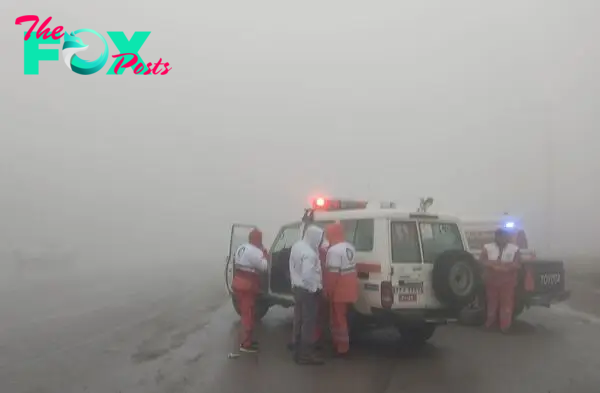
State TV gave no immediate cause for the crash that occurred in Iran’s East Azerbaijan province.
Among the dead was Iranian Foreign Minister Hossein Amirabdollahian, 60. The helicopter also carried the governor of Iran’s East Azerbaijan province and other officials, the state-run IRNA news agency reported. IRNA said the crash killed eight people in all, including three crew members on the Bell helicopter, which Iran purchased in the early 2000s.
Aircraft in Iran face a shortage of parts, often flying without safety checks over Western sanctions. Because of that, former Iranian Foreign Minister MohaMMAd Javad Zarif sought to blame the United States for the crash in an interview Monday.
“One of the main culprits of yesterday’s tragedy is the United States, which ... embargoed the sale of aircraft and aviation parts to Iran and does not allow the people of Iran to enjoy good aviation facilities,” Zarif said. “These will be recorded in the list of U.S. crimes against the Iranian people.”
The U.S. has yet to comment publicly on Raisi’s death.
Read More: The List of Potential Suspects in the Mysterious Death of Iran’s President Raisi
Early Monday morning, Turkish authorities released what they described as drone footage showing what appeared to be a fire in the wilderness that they “suspected to be wreckage of helicopter.” The coordinates listed in the footage put the fire some 20 kilometers (12 miles) south of the Azerbaijan-Iranian border on the side of a steep mountain.
Footage released by the IRNA early Monday showed what the agency described as the crash site, across a steep valley in a green mountain range. Soldiers speaking in the local Azeri language said: “There it is, we found it.”
Condolences started pouring in from neighbors and allies after Iran confirmed there were no survivors from the crash. Pakistan announced a day of mourning and Indian Prime Minister Narendra Modi said in a post on X that his country “stands with Iran in this time of sorrow.” Leaders of Egypt and Jordan also offered condolences, as did Syrian President Bashar Assad.
Azerbaijan’s President Ilham Aliyev said he and his government were “deeply shocked”—Raisi was returning on Sunday after Traveling to Iran’s border with Azerbaijan to inaugurate a dam with Aliyev when the crash happened.
Turkish President Recep Tayyip Erdogan conveyed his condolences. Russian President Vladimir Putin, in a statement released by the Kremlin, described Raisi “as a true friend of Russia.”
Khamenei, who had himself urged the public to pray Sunday night, stressed the business of Iran’s government would continue no matter what.
Under the Iranian constitution, Iran’s vice first president takes over if the president dies, with Khamenei’s assent, and a new presidential election would be called within 50 days. Khamenei’s condolence message Monday over Raisi’s death, declared five days of public mourning and acknowledged Mokhber had taken the role of acting president.
Mokhber had already begun receiving calls from officials and foreign governments in Raisi’s absence, state media reported.
An emergency meeting of Iran’s Cabinet was held as state media made the announcement Monday morning. The Cabinet issued a statement afterward pledging it would follow Raisi’s path and that “with the help of God and the people, there will be no problem with management of the country.”
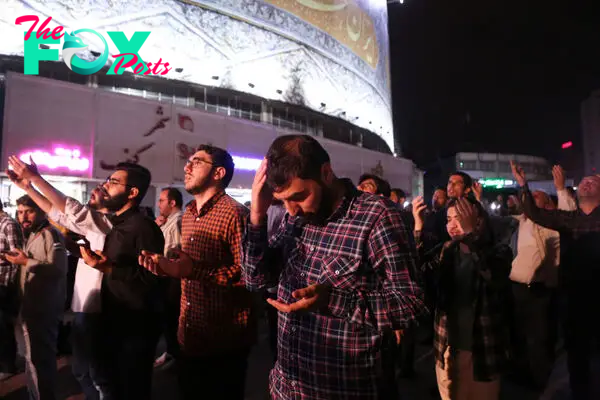
A hard-liner who formerly led the country’s judiciary, Raisi was viewed as a protégé of Khamenei and some analysts had suggested he could replace the 85-year-old leader after Khamenei’s death or resignation.
With Raisi’s death, the only other person so far suggested has been Mojtaba Khameini, the 55-year-old son to the supreme leader. However, some have raised concerns over the position being taken only for the third time since 1979 to a family member, particularly after the Islamic Revolution overthrew the hereditary Pahlavi monarchy of the shah.
Raisi won Iran’s 2021 presidential election, a vote that saw the lowest turnout in the Islamic Republic’s History. Raisi is sanctioned by the U.S. in part over his involvement in the mass execution of thousands of political prisoners in 1988 at the end of the bloody Iran-Iraq war.
Under Raisi, Iran now enriches uranium at nearly weapons-grade levels and hampers international inspections. Iran has armed Russia in its war on Ukraine, as well as launched a massive drone-and-missile attack on Israel amid its war against Hamas in the Gaza Strip. It also has continued arming proxy groups in the Mideast, like Yemen’s Houthi rebels and Lebanon’s Hezbollah.
Meanwhile, mass protests in the country have raged for years. The most recent involved the 2022 death of Mahsa Amini, a woman who had been earlier detained over allegedly not wearing a hijab, or headscarf, to the liking of authorities. The monthslong security crackdown that followed the demonstrations killed more than 500 people and saw over 22,000 detained.
In March, a United Nations investigative panel found that Iran was responsible for the “physical violence” that led to Amini’s death.
Raisi is the second Iranian president to die in office. In 1981, a bomb blast killed President MohaMMAd Ali Rajai in the chaotic days after the country’s Islamic Revolution.
—Associated Press writer Nasser Karimi in Tehran, Iran, contributed to this report.
-

 World News21h ago
World News21h agoWorld’s Best Brands – Brazil
-

 World News1d ago
World News1d agoWorld’s Best Brands – India
-
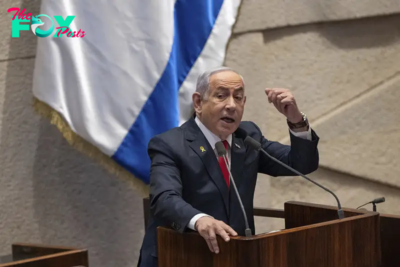
 World News2d ago
World News2d agoInternational Criminal Court Issues Arrest Warrants for Netanyahu and Hamas Commander
-

 World News2d ago
World News2d agoLandmark Bill to Ban Children From Social Media Introduced in Australia’s Parliament
-

 World News2d ago
World News2d agoAmerican and Australian Tourists Die in Laos After Drinking Tainted Alcohol
-
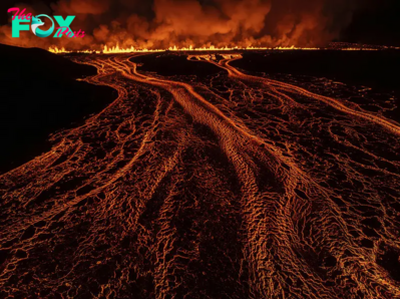
 World News2d ago
World News2d agoSee Photos of the Seventh Volcanic Eruption on Iceland’s Reykjanes Peninsula in 12 Months
-
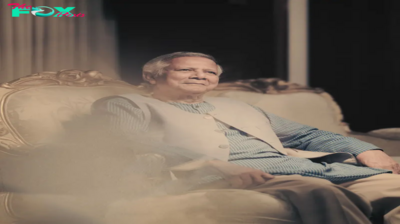
 World News2d ago
World News2d agoMuhammad Yunus on the Race to Build Bangladesh 2.0
-

 World News2d ago
World News2d agoU.S. Charges Indian Billionaire Gautam Adani With Defrauding Investors


















